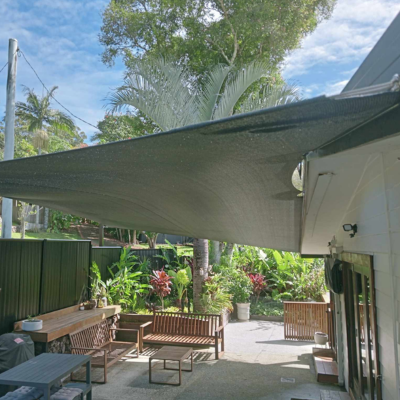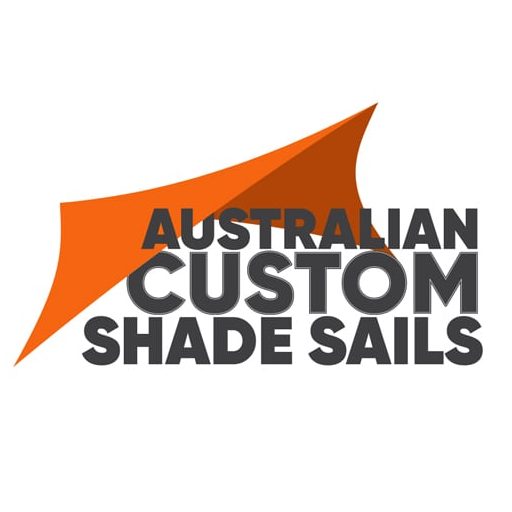Sail Track Shade Sails: When Tracks Beat Corner-Only Setups
Sail tracks create clean lines along walls and fascias, they also help control fabric shape near doors and gutters. When you choose the right edge to track and keep a clear fall across the panel, you get a tight sail that looks built in, drains fast, and stays quiet. This guide explains where tracks make sense, how to plan heights, and what to measure so fabrication and installation run smoothly.

When to Use a Sail Track
Tracks shine when one edge runs beside a straight, strong structure. Long wall runs, narrow side paths, and entries with limited head room are typical winners. The tracked edge presents a crisp line, keeps hardware tidy, and limits rub points around downpipes or lights. Use a track to anchor the stable edge, then set your other corners on posts or brackets so you can build fall into the span.
- Long straight edges beside brick, concrete, or steel.
- Tight spaces near doors, gates, and meters.
- Sites where you want a flush look and fewer exposed fittings.

Heights, Fall, and Geometry
A tracked edge does not replace the need for fall. Set at least one high and one lower corner away from the track so rain leaves the fabric immediately. Add a gentle twist across opposite corners to avoid flat planes, especially on wider spans. Keep the track far enough from gutters and eaves to allow room for end caps, saddles, and the first shackle, then confirm the line of pull from every free corner. Good geometry gives you a smooth panel, firm edges, and quick drainage in heavy rain.
Measuring for a Tracked Edge
Measure the true fixing length available for the track from solid substrate to solid substrate, not just the wall length. Note the substrate type so fasteners can be specified correctly. Record finished ground heights at both ends of the track and at every free corner, then measure the spans from each track end to each free corner. Take photos that show the fascia, soffit, downpipes, lights, and any obstructions.
- Track fixing length and substrate type.
- Heights at both track ends and all free corners.
- Spans from each track end to each corner.
- Photos of fascia, gutters, and downpipes to confirm clearances.

Common Pitfalls
Many issues come from treating a sail track like a banner rail. A track on the wrong edge forces a flat plane and invites ponding. Corners pushed too close to gutters or walls leave no space for the first shackle or turnbuckle to align with the load. Tracks fixed into weak substrates move under tension and mark the wall. Avoid three tracked edges on a single sail unless height differences are generous and engineered for drainage. A single tracked edge with well-placed free corners is usually the cleaner, safer option.
Ready to design a cleaner sail with a tracked edge
Send your track length, substrate, corner heights, and spans, plus a few clear photos showing gutters and downpipes. We will set a layout that keeps fall, confirms fixings, and provides a fixed quote you can schedule with confidence.
Call us on 1800 300 319 or contact us online.
FAQ: Sail Track Shade Sails
Can I track more than one edge
You can, but only when you still have clear height differences for drainage. Most sites work best with one tracked edge and free corners for fall.
How close can the track sit to a gutter
Keep enough space for end hardware and to avoid rub points. Photos of the fascia and downpipes help set this correctly.
What fasteners do I need for the track
That depends on the substrate. Brick, concrete, and steel each need specific anchors. We specify fasteners with your quote.
Do tracks make tensioning harder
No. Tracks stabilise one edge. Free corners then tension the panel evenly when the layout preserves fall.

